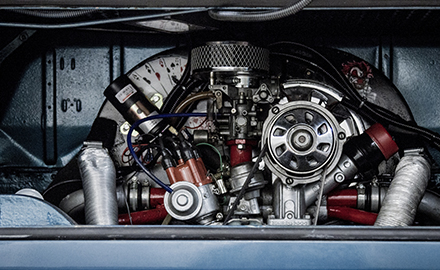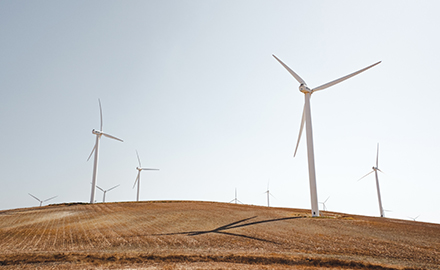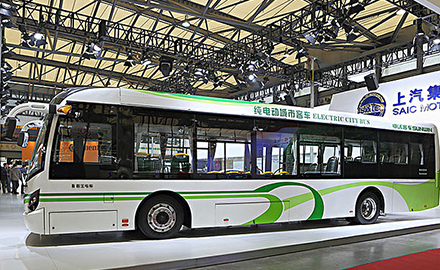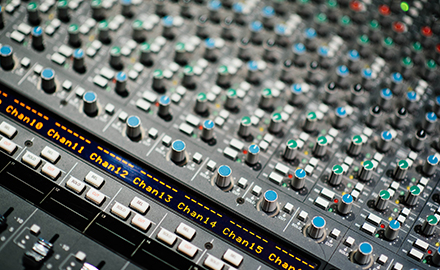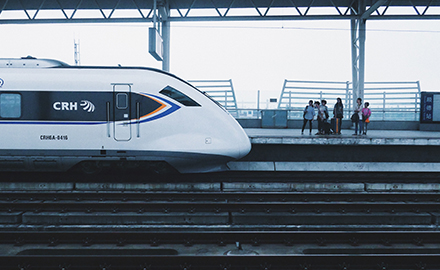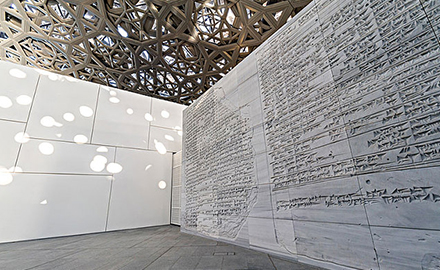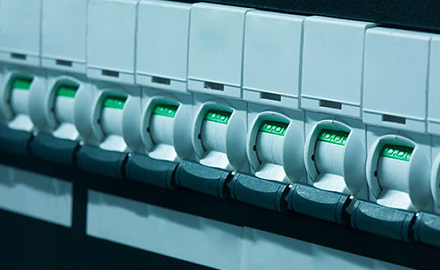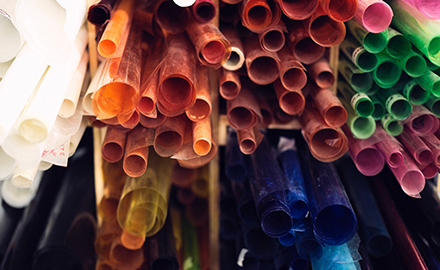In the process design of over moulding, the key elements are anti-backlash device, nozzle hole, air outlet and surface texture of mould.
The anti-backlash device between the base material and the covering material is crucial for the bonding effect. It is necessary to avoid the gradual thinning or bristling of the ejected covering material. Covering material is too thin, which can lead to poor adhesion, degumming and edge rolling. Good anti-backlash device design should clearly separate the covering material from the base material.
The design of nozzle hole is also important for the success of over moulding. The ratio of runner length to wall thickness is the main factor affecting the bonding effect. According to experience, the ratio should not exceed 150:1, and should be kept at about 80:1 when developing new process design. In order to shorten the process as much as possible, the perforator should be set at the position with the greatest wall thickness. When using TPE resin, attention should be paid to the size of nozzle aperture. TPU and other materials need large diameter nozzles to adapt to higher viscosity and prevent material degradation due to excessive shear stress. Materials such as SEBS need a higher shear rate to obtain the best flow rate. A better way is to use small-caliber nozzles in the initial stage and adjust the nozzle size after the first sampling. Like the perforator, the outlet is also an important factor affecting the bonding effect. How to control the air margin is a big problem. If the control is not good, the phenomenon of weak bonding and filling the edge may occur. Depth of the outlet is critical to prevent rough edges. Depending on the viscosity of the covering material, the depth of the outlet should be between 0.0005 and 0.001 inches.


 English
English 日本語
日本語 français
français Deutsch
Deutsch Español
Español italiano
italiano русский
русский العربية
العربية tiếng việt
tiếng việt Polska
Polska română
română




